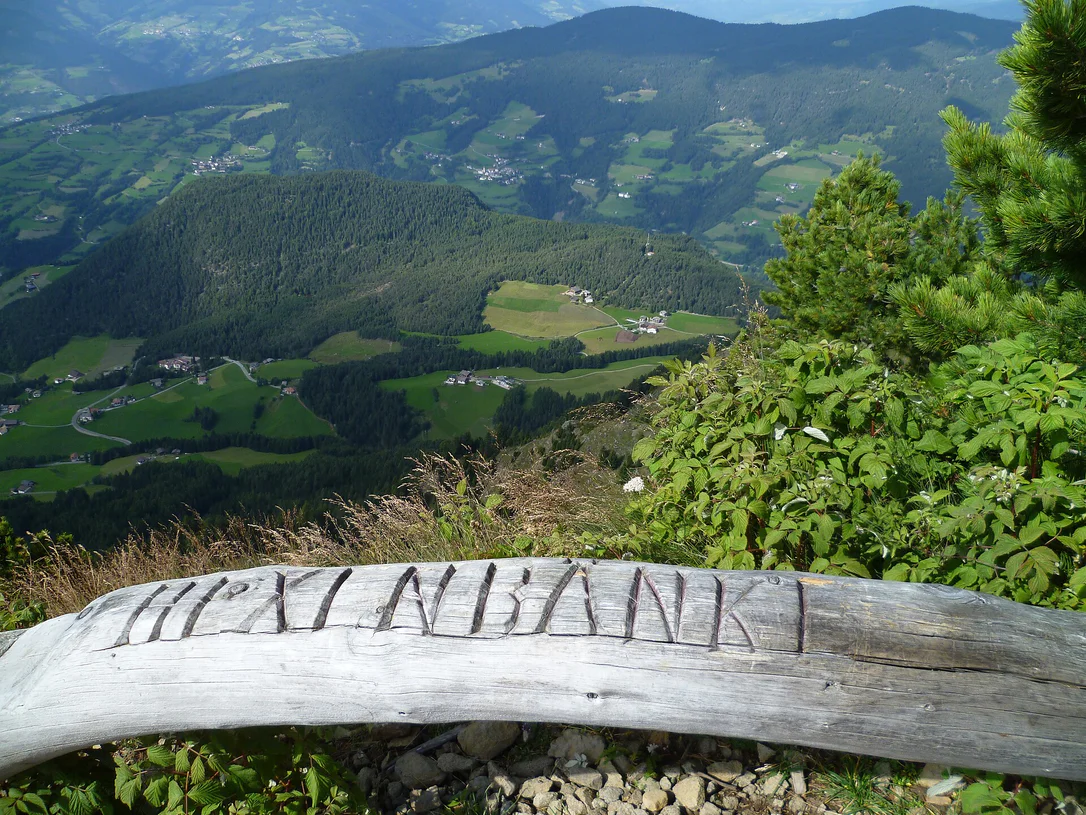The arcades of Merano are not just a piece of history but a living part of the city. Built in the 13th century by Meinhard II as a commercial route linking Piazza del Grano and Piazza Duomo, they once served as the beating heart of Merano. With over 400 metres in length, they are the longest arcades in South Tyrol, and today they blend tradition and modernity.
The arcades offer a fascinating architectural experience, taking you from Gothic to neoclassical façades. Their winding alleys, steep stairs, and shaded arches tell stories of times gone by. Beneath the arches, where lively trade once took place, you'll now find charming shops, cosy cafés, and historical buildings.
The distinction between the mountain and water arcades, combined with the perfect blend of historical and modern elements, gives the arcades a unique charm. Strolling through the Laubengasse feels like a journey into the past – yet remains vibrant and contemporary.
The upper Portici arcades are wheelchair and pushchair accessible. The path has a slight incline (rise) from piazza del Grano square towards piazza Duomo square.
There is no tactile guidance system or other aids for blind people under the arcades.































































